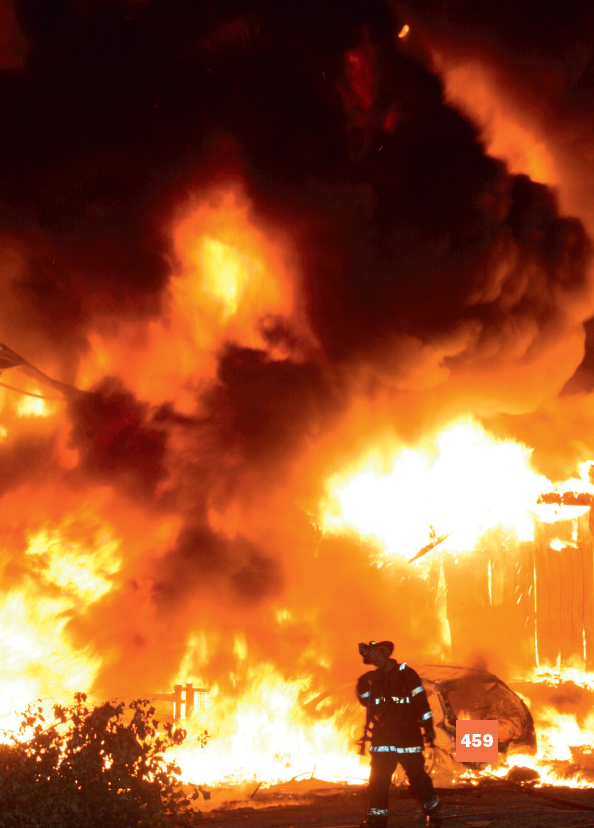Writing Quick Start: Using Reasons and Results to Explain
19
Cause and Effect
Using Reasons and Results to Explain
IN THIS CHAPTER YOU WILL LEARN TO
- understand the purpose and function of cause-and-effect essays,
- use graphic organizers to visualize cause-and-effect essays,
- integrate cause and effect into an essay,
- read and think critically about cause and effect, and
- plan, organize, draft, revise, and edit essays using cause and effect.
WRITING QUICK START

A
ssume you are a journalist for your local newspaper reporting on a natural disaster that has occurred in a nearby town. Your task is to write a plausible account of the event to accompany the photograph shown here. In your paragraph, be sure to tell readers why the disaster occurred and what happened as a result of it.
The paragraph you wrote in the Writing Quick Start is an example of cause-and-effect (or causal) analysis because it considered causes (why the disaster occurred), effects (what happened because of the disaster), or both. You probably use causal analysis every day. If you decide to get a good night’s sleep rather than pull an all-nighter because you know you do better on exams when you’re well rested, that’s cause-effect analysis. Causal analysis is frequently required in college classes too, where you might be asked to analyze and write about the causes of the Civil War or the effects of oxygen deprivation on the central nervous system.
USING CAUSE AND EFFECT IN COLLEGE AND THE WORKPLACE | |
|
|